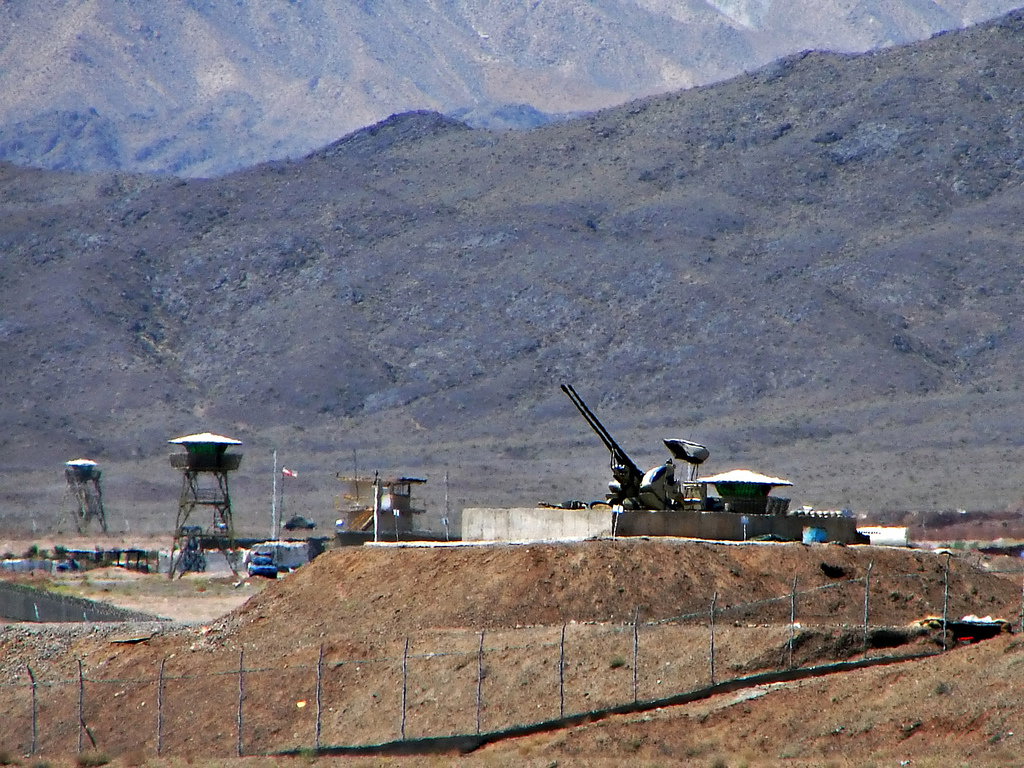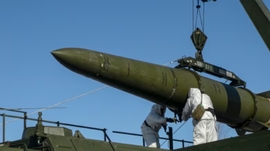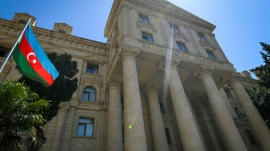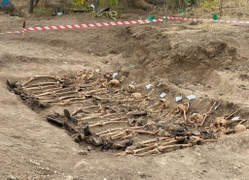Iran’s nuclear chief has said that a facility in Iran’s Natanz nuclear plant to build advanced centrifuges will be completed in a month. The announcement came while Iran prepares to increase its uranium-enrichment capacity if the 2015 nuclear deal collapses after the United States’ exit.
“After the Supreme Leader’s order we prepared this centre within 48 hours. We hope the facility to be completed in a month,” Vice President Ali Akbar Salehi, who heads the Iranian Atomic Energy Organization, said on Wednesday during a TV program at the Iranian channel IRTV2.
On Monday, Iran’s Supreme Leader Ayatollah Ali Khamenei ordered the Atomic Energy Organization of Iran (AEOI) to take rapid steps to make preparations for starting uranium enrichment “up to a level of 190,000SWU for the time being, within the framework of the JCPOA,” referring to Iran's nuclear deal with the P5+1 group of countries and officially known as the Joint Comprehensive Plan of Action.
“It seems from what they say that some European governments expect the Iranian nation to both put up with sanctions and give up its nuclear activities and continue to observe limitations [on its nuclear program]. I tell those governments that this bad dream will never come true,” the Iranian IRIB news agency quoted Supreme Leader Ayatollah Ali Khamenei as saying.
Salehi said that Iran has sent a letter to the International Atomic Energy Agency (IAEA), informing it that Iran has begun the process of increasing its capacity to enrich uranium in case the 2015 agreement that curbed its nuclear program collapses.
Israeli Prime Minister Benjamin Netanyahu reacted swiftly to Salehi's announcement, declaring that the Iran’s aim was "unlimited enrichment of uranium to create an arsenal of nuclear bombs" to destroy Israel.
On June 4, addressing the Board of Governors' meeting in Vienna, the head of the IAEA, Yukiya Amano, reaffirmed the agency's accesses to all the required nuclear sites in Iran.
Under the deal signed by the five permanent members of the UN Security Council plus Germany, Iran would curb its nuclear program in exchange for the removal of nuclear-related sanctions. As a result, Iran shut down many of its centrifuges used to develop uranium, but it retained the right to enrich uranium to a level of 3.67 percent and sell it abroad.
According to World Nuclear Association, there are two paths to a bomb: using either uranium or plutonium. The concentration of uranium 235 needs to be increased to about five percent, called “low-enriched uranium,” for nuclear reactor fuel, and to about 90 percent, known as “highly enriched uranium,” for nuclear bombs.







 The modernized and expanded Georgian segment of the Baku-Tbilisi-Kars (BTK) railway is set to recommence freight operations this month.
The modernized and expanded Georgian segment of the Baku-Tbilisi-Kars (BTK) railway is set to recommence freight operations this month.
 Azerbaijan, Uzbekistan, and Kazakhstan are planning to merge their energy systems following a historic memorandum of understanding (MoU) signed by ...
Azerbaijan, Uzbekistan, and Kazakhstan are planning to merge their energy systems following a historic memorandum of understanding (MoU) signed by ...
 The Azerbaijani government has rejected the recent claims made by French Interior Minister Gérard Darmanin, who accused Baku of fostering separatis...
The Azerbaijani government has rejected the recent claims made by French Interior Minister Gérard Darmanin, who accused Baku of fostering separatis...
 Ulviyya Fataliyeva, a female Azerbaijani chess grandmaster, was crowned this week at the European Women’s Chess Championship (EWCC) in Rhodes, Gree...
Ulviyya Fataliyeva, a female Azerbaijani chess grandmaster, was crowned this week at the European Women’s Chess Championship (EWCC) in Rhodes, Gree...
 President Ilham Aliyev praised Azerbaijan’s cultural diversity as a key factor in fostering peace, stability, and unity within the country, where a...
President Ilham Aliyev praised Azerbaijan’s cultural diversity as a key factor in fostering peace, stability, and unity within the country, where a...



